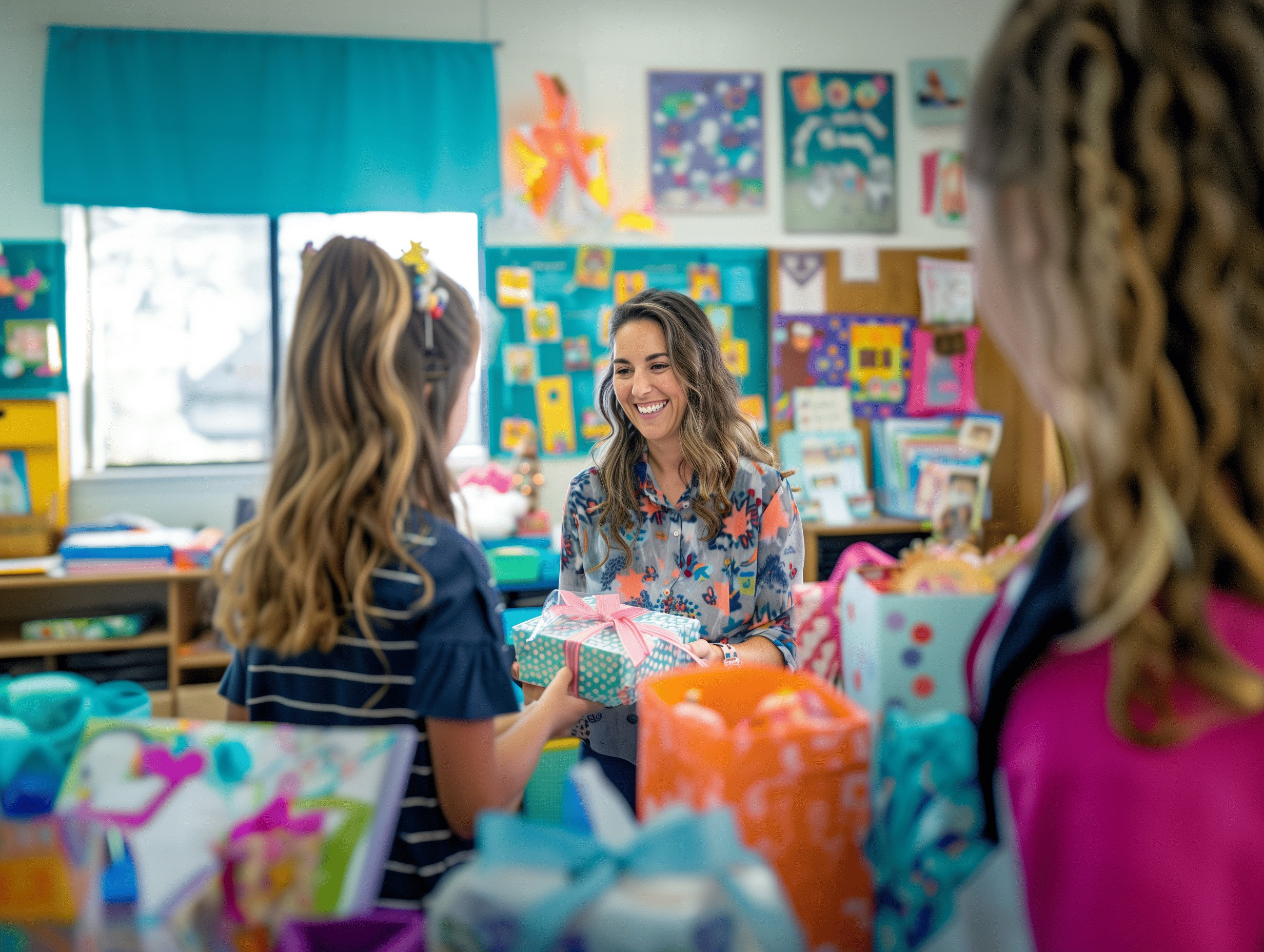Building Your Staff Development AudienceFor Distance Learning Staff Development and Courses
Renet L. Bender, Ph.D.
We appreciate your interest in our telecast series, and we know that soliciting teacher participation for any event is not an easy task. In response to your requests for more information on how to generate an audience for teleconferences, we wanted to share these thoughts with you. These suggestions are based on successful activities across the nation on earlier telecast workshops for teachers that we have directed.
First, in our professional development experience, we have learned that teachers will participate when the quality of the staff development is high, and when they receive either course credits or recertification credits for participation. Relative to quality, we at the Teacher's Workshop have received very positive evaluations of our former telecast series and these are available for your review on our homepage at <www.teachersworkshop.com>. We encourage you to only participate in high quality presentations, when you have seen an evaluation of previous work of the provider.
We provide interaction with speakers in three ways. Our 1-800 line into the studio during the teleconferences allows participants to call in their questions to speakers. Before and after the telecast, participants can join our ListServ (a type of e-mail mailing list used for interaction) to discuss the teleconference topics with other participants and to ask questions of the speakers. Participants may also e-mail or fax to us any questions they think of after the telecast. When opportunity allows, we also suggest web-based activities, usually associated with speakers' websites, after the telecast.
Many school districts offer this series for professional development credit. As an alternative, a one semester hour graduate education course is usually available in conjunction with the telecast series each year, through a cooperating university, for an additional per-person fee of $89.00. Call 1-800-991-1114 for more information on this graduate course credit.
On the issue of recertification credit, different states offer differenttypes of recertification credits, and you will need to generate the appropriatecredits in your state. Our recommended post-telecast activities are foruse both during and after the presentation, and are intended to assist youin proposing a professional development unit or recertification activity.
Next, we encourage you to assume "ownership" in your local area of our telecast series. For example, many persons use a local brochure for dissemination throughout local schools which identifies their agency as a co-sponsor. An appropriate mock-up flyer is made available for downloading. After you have added the appropriate local information, these should be made available to every local school district professional development person with a request that they disseminate the information in the local schools. Advertising needs to be started well in advance of the teleconference, preferably starting two months before the teleconference and sending out reminders one month and two weeks prior to the teleconference. You may wish to create your own brochure. We have had several downlinks recently that have created a brochure and one averaged over 200 teachers per telecast.
Next, you may wish to consider active presentations after the telecast is over. For example, many downlinks have brought in a local person, principal, etc. to do additional information sharing and/or answering additional questions from the local perspective. Combining distance education with local presentations is, as we see it, the real value for this medium, and workshops which are done in this nature are very effective.
We hope these suggestions are helpful, and we hope to have the opportunity to work together with you. Please call us at the Teacher's Workshop if you have any additional questions.



